This eponymous restaurant in central Vienna opened in the spring of 2013. The cooking draws on the chef’s background growing up in Austria but with an Austrian mother and a Greek father, so there are Mediterranean influences as well as Austrian ones. He trained in places including Steirereck, as well as some restaurants abroad including Arzak in San Sebastian and Gordon Ramsay and Le Gavroche in London. It has two Michelin stars in the 2019 guide.
There is a little terrace on the pavement outside with a bar and some seating, where you can have a glass of champagne or a beer before dinner. The dining room was gloomily lit, hence the matching murky photos. My camera was coming up with a message code that I think means “why don't you just switch to infra-red and be done with it, eh?”. In terms of food, there was either a tasting menu at €145 or a slightly longer tasting menu at €185, plus an optional cheese course at €25, rather than an a la carte selection.
The wine list was extensive, with 319 bottles plus some halves, ranging in price from €36 to €1,350, with a median price of €89. There was depth in Austria, but also wines from Slovenia, Croatia, Greece and Israel, though nothing from the New World. Mark-ups averaged 2.8 times retail price, but varied wildly, so some research is advised before ordering. Sample labels included Envinate 'Lousas' Vina de Aldea Ribeira Sacra 2015 €40 for a bottle that you can find in the high street for €20, Domaine Labet Cotes du Jura les Varrons Chardonnay 2014 at €68 compared to its retail price of €44, and Terroir al Limit Dits del Terra 2012 at €105 for a wine that will set you back €72 in a shop. For those with the means, Marchesi Antinori Tignanello 2004 was €370 compared to its retail price of €161, and Benjamin Leroux Batard-Montrachet 2015 was €640 for a bottle whose current market value was €506.
The meal began with a series of canapés. Potato crisps with nori and soy tapioca pearls were a layer that hid a base of marinated kohlrabi and pickled bonito. I liked the combination of textures, and the bonito tasted good, but there was not quite enough vinegar used in the pickling; a touch more sharpness would have made this dish even better. This was followed by a tartlet of egg yolk with truffle stock and a beurre blanc foam. This was very pleasant, a nice combination with the richness of the egg and gentle scent of truffle. The final canapé was marinated mackerel with paprika cream and yellow radish leaves with plum sauce, which was a nice idea but was let down by, ironically given the bonito, too much sharpness with the mackerel marinade (average 15/20 nibbles, but with quite a bit of variation from best to worst).
Blue mussel tartare came with Danish sea urchin, celery and rye bread croutons. This was served with malt bread that was made from scratch in the kitchen, the latter excellent with a good crust. This dish worked well, with a nice balance of flavours, contrasting the briny sea urchin with the earth celery, the croutons bringing a textural contrast (17/20). Fried red prawns rested in a duck stock and a crustacean sauce, topped with little black pearls of squid ink. The prawns were excellent, tender and having some natural sweetness, their flavour enhanced by the meat stock (17/20).
This was followed by “brandade” of carp from Amur (a river on the border between China and Siberia) with a potato mousse, foam of the cooking juices and a garnish of char roe. This worked nicely, the inherent saltiness of the brandade balanced by the earthiness of the potato mousse (17/20). Next was salmon trout that was pan-fried, along with marinated sour potatoes, vichyssoise, dill oil, cucumber and mustard. This was perfectly pleasant, the flavours being well balanced, but salmon trout is never going to compete on flavour with a grander fish like turbot or sea bass (15/20).
Pike perch was next, sourced from Lake Neusiedl on the border between Austria and Hungary. This came with fermented mushrooms, hazelnut foam and scorched bone marrow with mushroom stock and some winter truffles (rather than true black truffles i.e. tuber melanosporum) from Australia. This was a good dish, the umami of the mushrooms and subtle hint of truffle complementing the fish nicely (16/20).
This was followed by the best dish of the meal. Unagi (river eel) was served with a jus made from mangalitsa (a Hungarian breed of pig with excellent flavour), topped with pork belly crumble, fennel and foie gras foam. This combination worked beautifully, the eel’s distinctive flavour complemented perfectly by the richness of the meat jus, the richness of the foie gras in the foam balanced by the fennel. This was a stunning dish with glorious, deep flavour (20/20).
The last savoury dish was a Croatian langoustine with a sauce made from veal tongue and laced with chives, with panko breadcrumbs and a seaweed called cochayuyu that is common in Chile and New Zealand but in this case came from Peru. The langoustine was carefully cooked, being tender with good aural sweetness that was an interesting contrast with the briny flavour of the seaweed, the flavour lifted nicely by the richness of the meat sauce (18/20).
There was a good cheese selection, a mix of French, Italian and local cheeses in good condition. This was followed by a dish of marscapone cream, wild rice, crisp almonds and poppy seeds, with salted almond ice cream, blackcurrant chips, blackcurrant berries and a gel of blackcurrant. This was reminiscent of a breakfast cereal in some ways, but the berries had good flavour and the mix of textures worked well (16/20). The next dessert was of marinated apples, lightly poached elderberries, vanilla foam notionally garnished with horseradish, and finally a topping of a crisp disc of chocolate chips. The horseradish was an interesting idea but was subtle to the point of invisibility. However the acidity of the apple nicely balanced the richness of the chocolate (16/20). Finally, sour cream ice cream came with crunchy apricot, tarragon jelly and lovage leaves. I am a fan of apricot, which worked well with the sour cream, but the herbal taste of the lovage was for me an unwelcome intrusion (15/20). Coffee came from a roaster called Affenzeller and was good, accompanied by some petit fours: carrot canneloni, rosemary praline, passion fruit with black sesame and a dark chocolate mousse with raspberry.
Service was excellent thoughtful the evening, the young staff charming and speaking flawless English, being patient and attentive. The bill came to €397 (£356) per person, though the extended tasting menu itself was only €185, the rest of the bill assisted by champagne, two bottles of excellent Austrian Riesling and some lovely dessert wine. If you went for the shorter tasting menu and shared a modest bottle of wine then a more typical cost per person might be around £175. Overall I enjoyed Konstantin Filippou, which featured an interesting combination of culinary influences, excellent kitchen technique and a couple of real highlights in the course of the meal.




















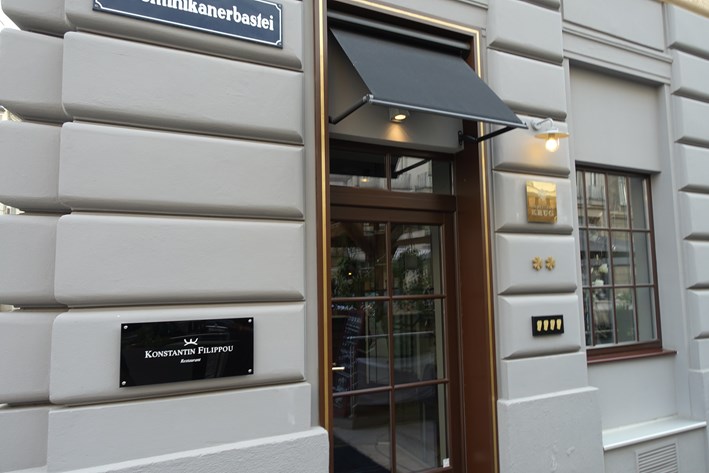


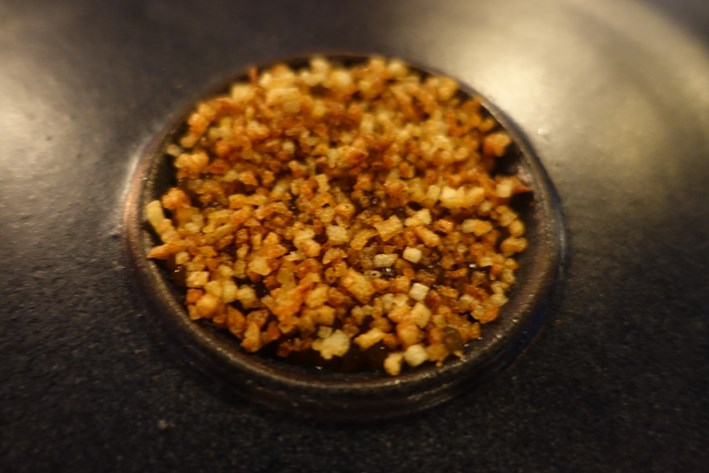
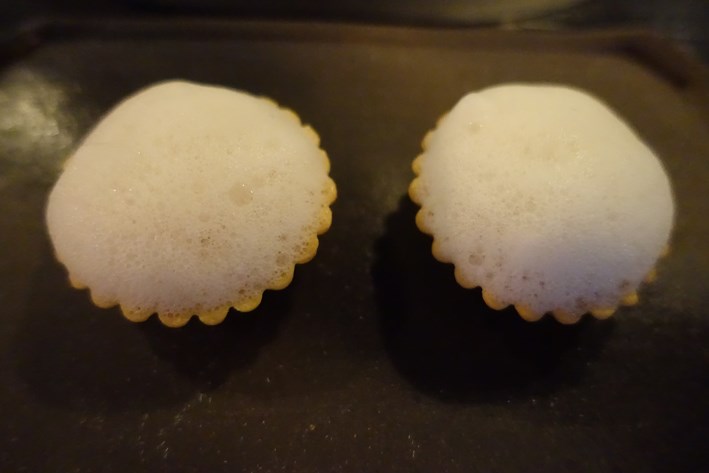
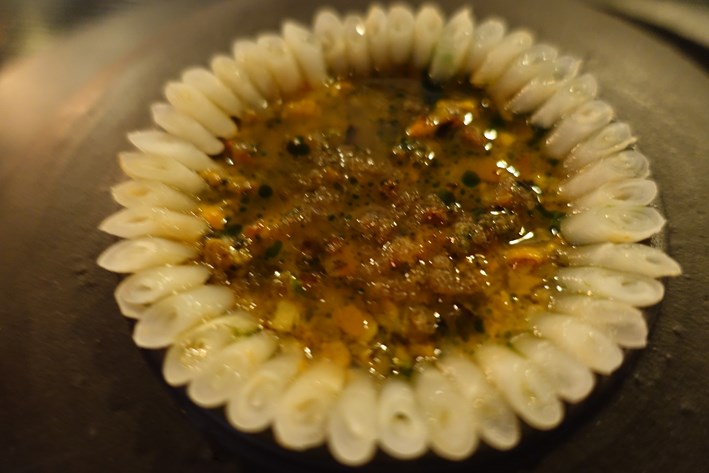
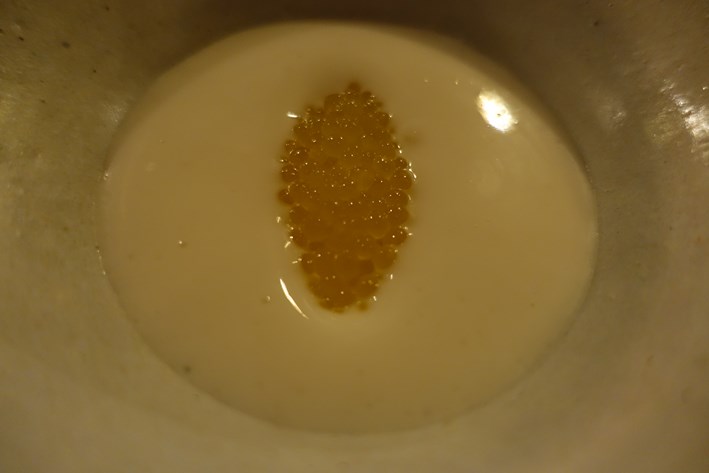

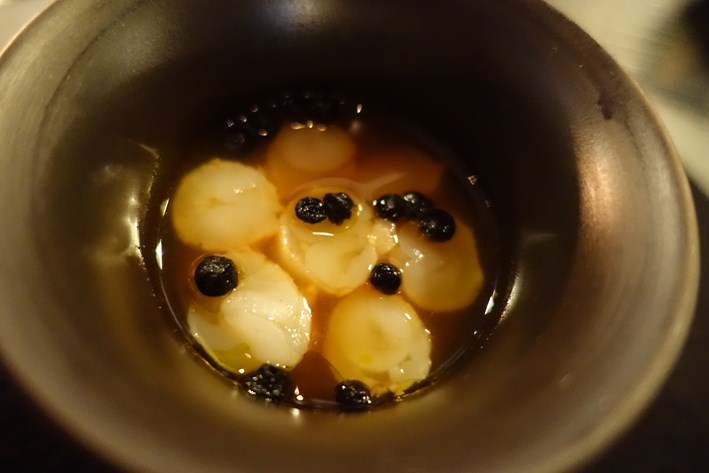

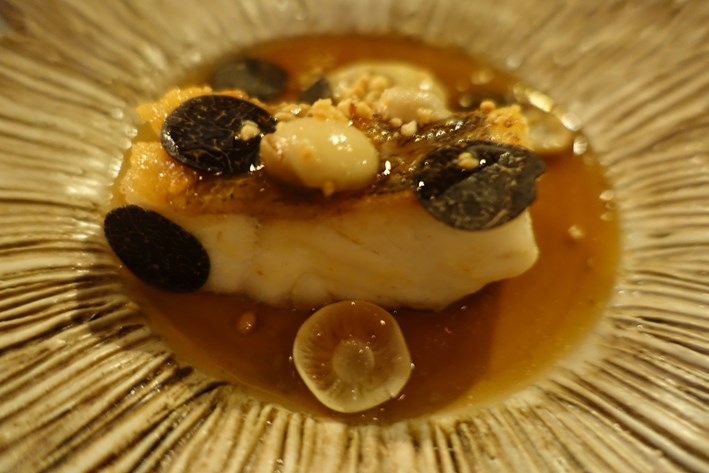
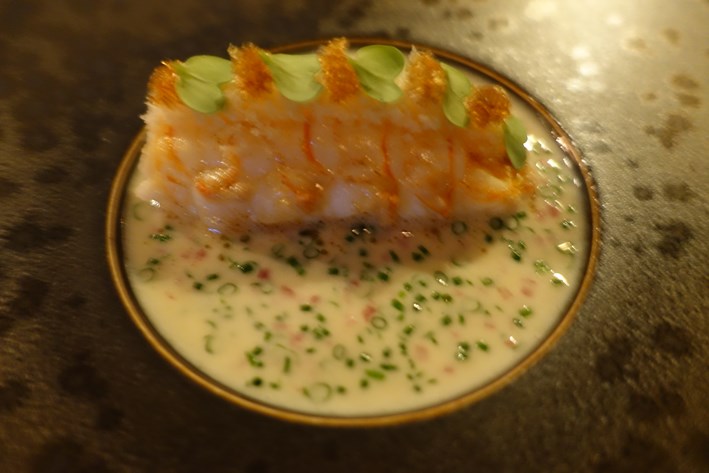

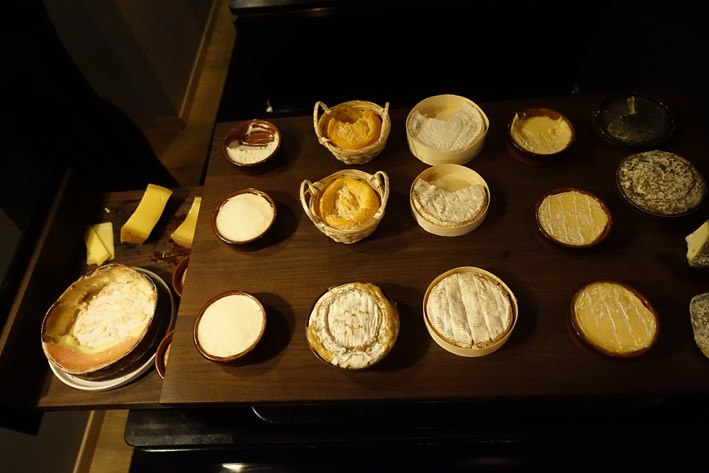
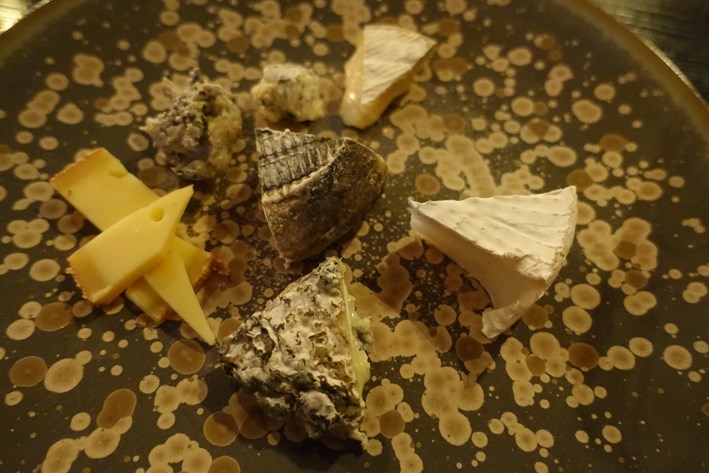
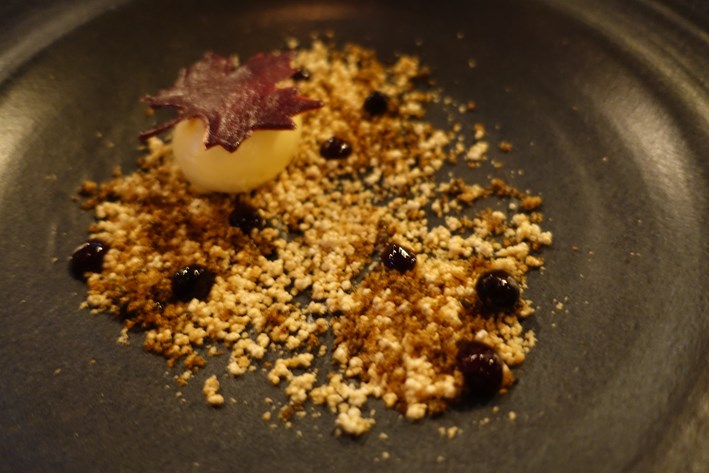

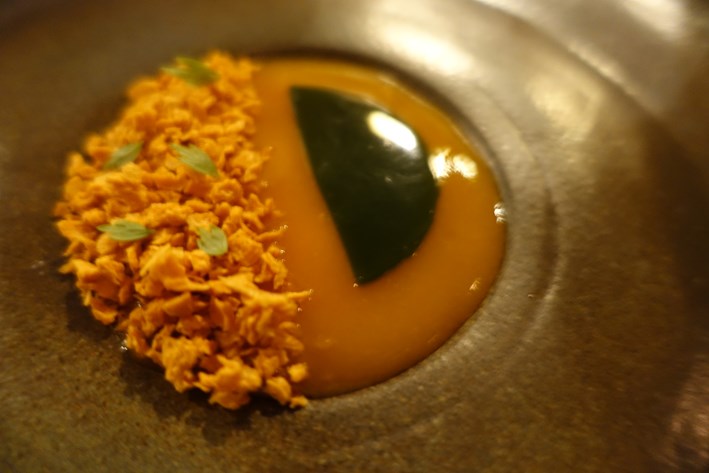
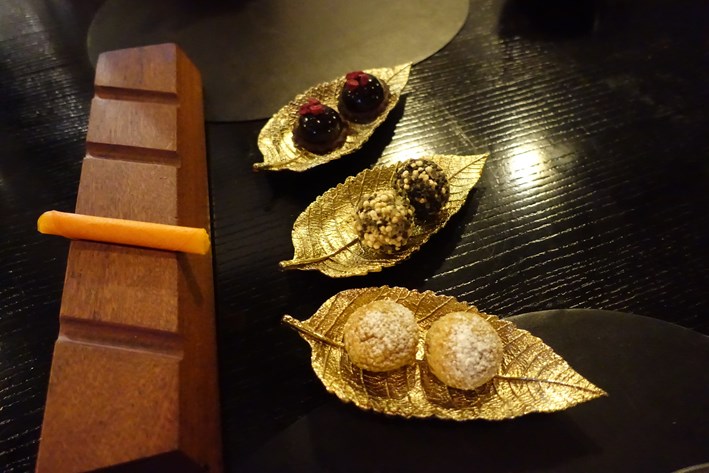

Timo Benz
I love your blog and your reviews! Unfortunately, Filippou has been implicated in a scandal involving mislabeling deep-frozen langoustines as premium quality, mistreating his staff through bullying, and operating a hidden kitchen in the basement. The story has made headlines across the news.
Ann Coleman
We would love to eat at this restaurant when we visit Vienna next year
Stephan
Having visited Konstantin Filoppou in early spring 2018, just some weeks after the upgrade to a second star, the prices were, at least what I remember, a little bit lower. Since my visit, about half of the dishes of the menu seem not to have fundamentally changed (though some, e.g. the deserts, seem to be adapted to the produce of the season). Anyhow; I remember the evening to have been a very pleasant one, the service polite and competent, and from what I remember, my final judgement of the food would be similar than yours. Overall, a fine restaurant! Unfortunately, I have not yet been to its little (cheaper) sister.